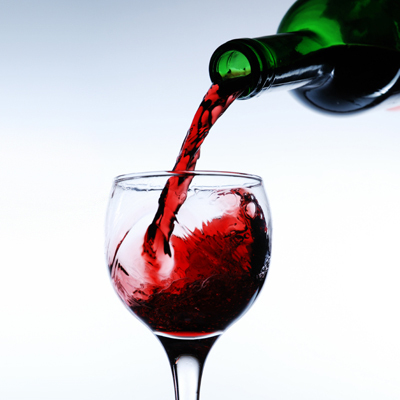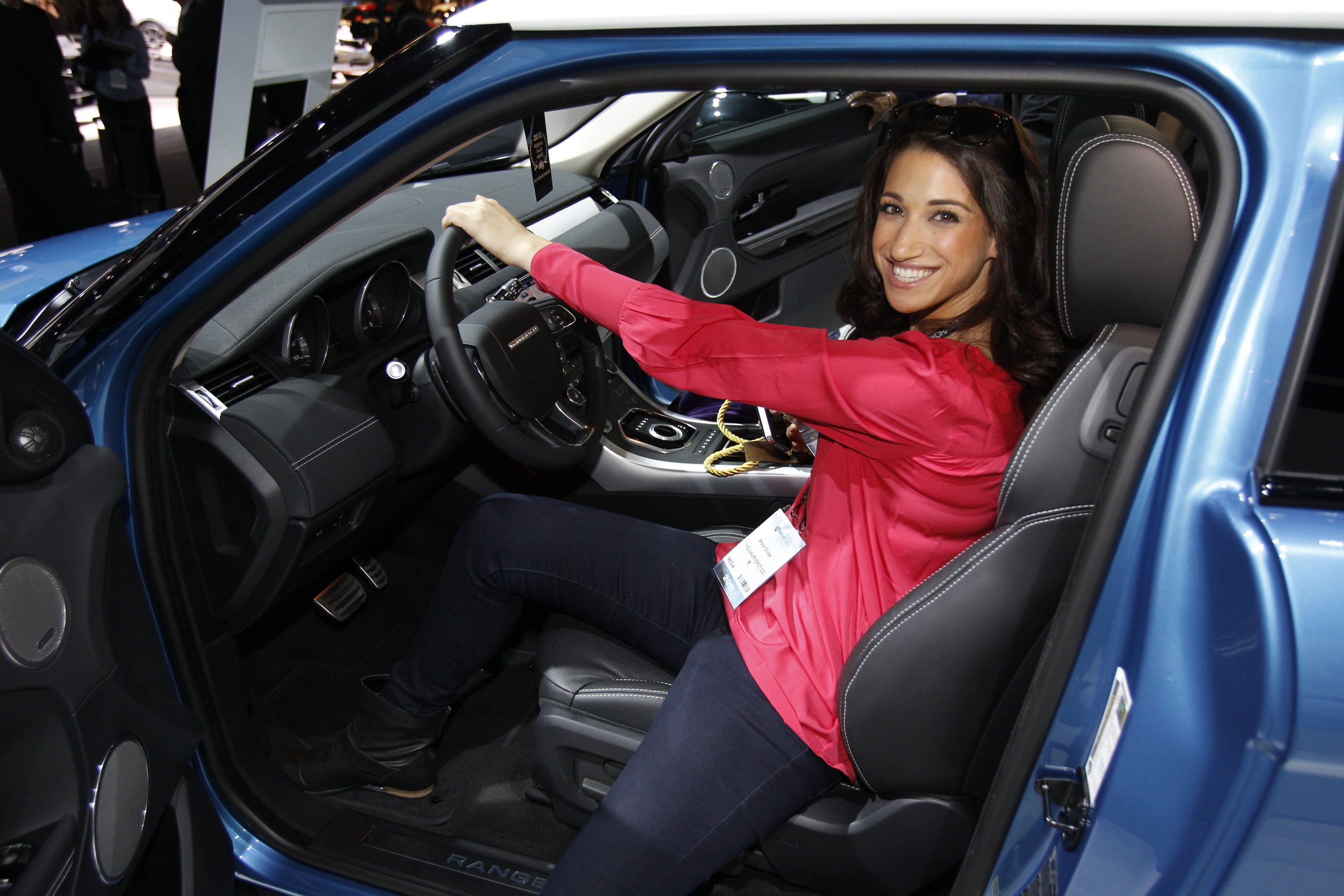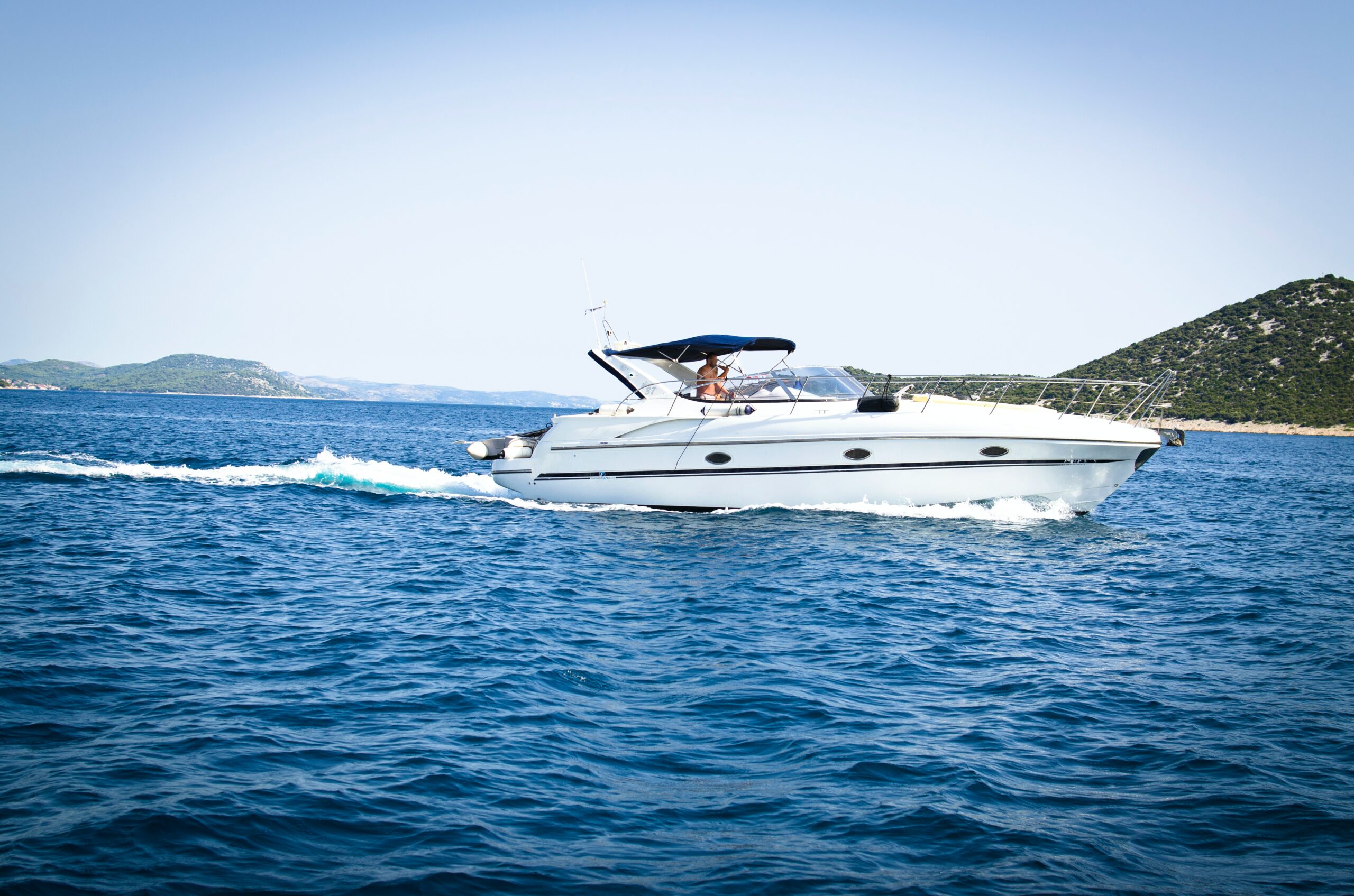
It’s a question new world, as well as just new wine lovers, are left to ponder as they search for a bottle to bring home or to order at the table. I love wine and having Long Island’s vineyards in my backyard I thought I had learned a decent amount about wine. But that’s the ironic thing about wine. The more you learn, the more questions you have.
I was reading the book, “Red, white and drunk all over,†by Natalie MacLean when I got at least one of those questions answered, why don’t old world wine producers just put the grape varietal on the bottle?
During her journey in Burgundy MacLean asks that very question. And while here in America we may believe it’s done simply to frustrate us, that is only a byproduct and might be argued by some whether it is an intentional byproduct or not.
The reason she found was that in old world winemaking, especially in France, the wine is simply an extension of the terrior or land. You are not drinking a Chardonnay or Aligote if you are drinking a white Burgundy, though that is the varietal from which the wine is made. You are drinking the essence of the land. In her book French winemakers describe the grape as a sponge, but I found perhaps a better description would be a conduit between the vines that stretch deep into the earth and the final product in your glass.
To closely paraphrase one French winemaker, the goal is to not let either the winemaker or the fruit (the grape) get in the way of the land. So you are in fact drinking a place, Burgundy. If you happen to be drinking a red Burgundy you are also happen to be drinking Pinot Noir.
My dad made wine in Brooklyn. He called the wine Chianti. I’m pretty certain you can’t really call a wine made in Brooklyn Chianti, but for my dad the term was one of endearment for a red wine he venerated. Italy has strict laws governing what varietals could be in wine to use the coveted Chianti name. It is a blended wine with the predominant varietal being Sangiovese.
The Italians however are a pragmatic people. I learned this not only because I am an Italian American, but also from watching a fascinating documentary on Catholicism in Italy. Despite the Pope making his home in the Vatican, right in the middle of Italy, and Italy being a mostly Catholic country, it has, at least according to this documentary, an extremely low reproductive rate. The journalists asked a number of Italians how that can be when the Pope says Catholics must abstain from birth control. Those who answered laughed and said that the Pope has to say that, but Italians know that surely isn’t what he really means!
That pragmatic nature is evident in winemaking. A number of Italian winemakers wanted to experiment with the blend of grapes called Chianti. They created some delicious wine, and though Sangiovese was still the leading grape in the blends, Italian law did not permit these new blends to be called Chianti. To avoid controversy the winemakers called them “Super Tuscans.â€Â The “Super Tuscans†quickly gained popularity.
This is when it was discovered the Italian lawmakers could be pragmatic too. Seeing the success of the new “Super Tuscans†the winemakers were told they could now call many of their wines Chiantis. However, a number of winemakers having cultivated a following for their new “Super Tuscans†chose instead to leave the name alone.
Thankfully, today we have the Internet and if you want to know what varietals make a Boudreaux that info is only a click away.









well said!
Thanks! The other night at a wine bar–I was less well said. Was deciding on a flight and the server asked if I was only looking at red wines. I said , “No. I like white too, I’m easy.” Then realizing how bad that sounded I quickly added, “What I meant to say is I go both ways.” Wow–now that’s even better! And this is BEFORE I had any wine. 🙂
Thanks so much for referencing my book Linda! Great post. I hope you’ll get in touch with me via my web site:
http://www.nataliemaclean.com
You’re also welcome to join my monthly wine newsletter (it’s free).
Cheers,
Natalie